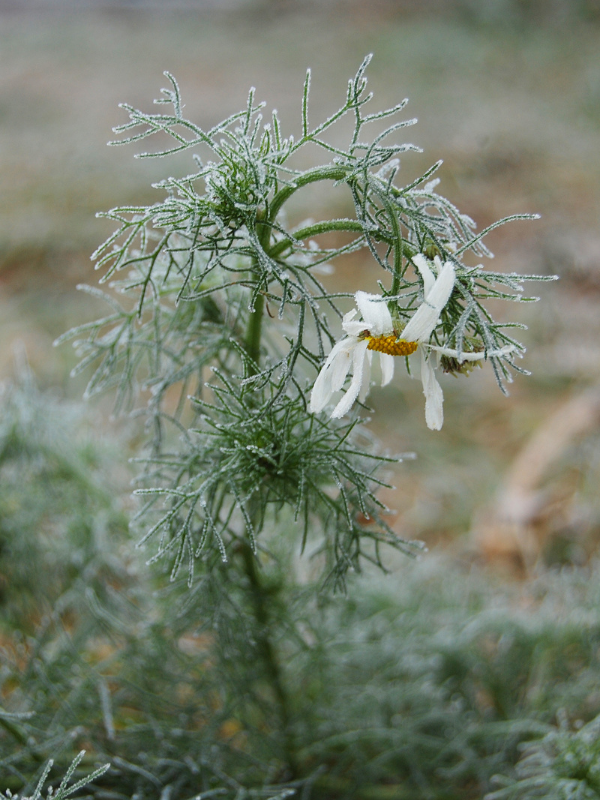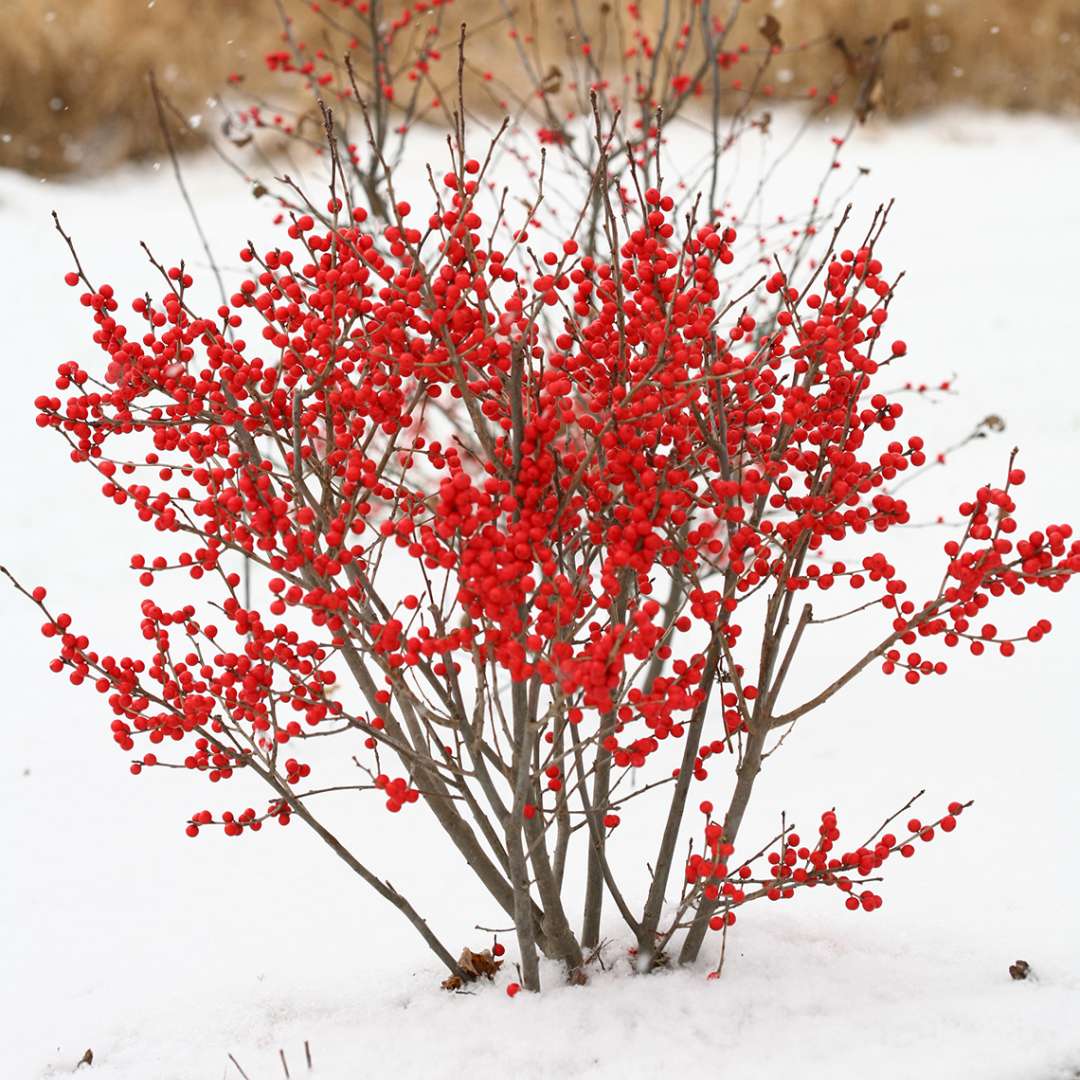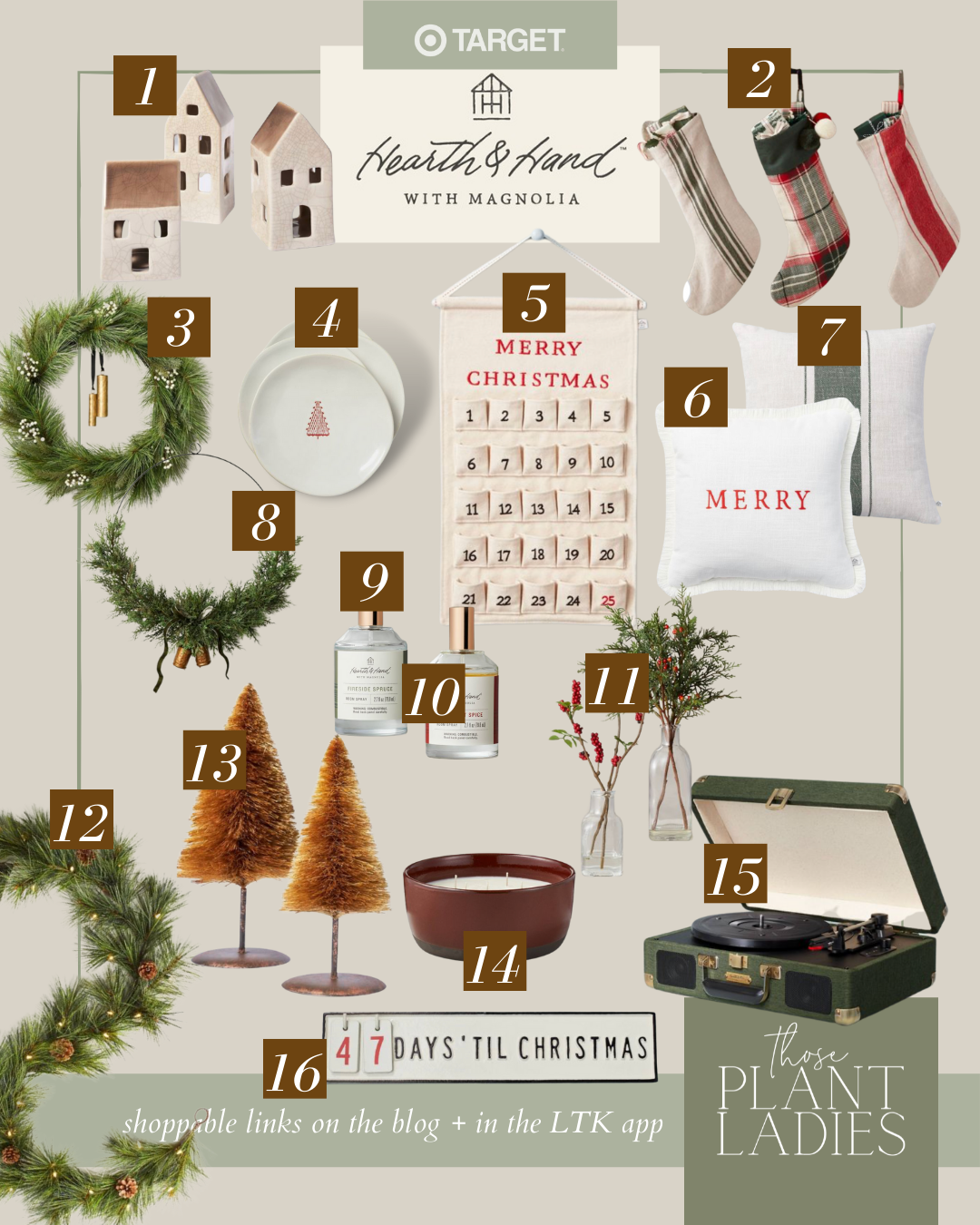If you’re like us, when the cold weather hits, we like to retreat to the cozy indoors, cuddle up with some fluffy blankets, big pillows, and a crackling fire. Yep, we’re plant ladies but winter isn’t the time of year that we are dying to get outside – you know, unless we can take our fluffy blankets and big pillows with us and snuggle up next to the fire!
Since our plant babies are out there all winter long, there are several tasks that can be taken care of to protect and preserve our plants. This will allow a healthy landscape.

The winter will inevitably bring something to your landscape… maybe it’s a light frost or maybe it’s a few feet of snow! There are several tricks we have for keeping your plants protected from these cold snaps. How much protection your plants need all depends on how sensitive they are to the intensity of the cold you are receiving. For example, if you live in New York, everything that is meant to stay outside over the winter will handle a light frost just fine. If you live in Florida, that might not be the case!
RELATED: PLANT LADY GIFTS UNDER $30
“tricks for keeping your plants protected from these cold snaps”
A simple way to tell which of your plants might be most sensitive to your region’s coldest days is to check out the plant hardiness zone map for your plant. We have a whole blog post on understanding these hardiness zones that will give you more details. The plants that will be most sensitive to a cold day in your area are those that are just on the edge of being hardy in the area. For example, if you live in zone 6, the most at-risk plants would be ones that are hardy in zones 6-9 or 6-8 rather than those in zones 4-9 or 4-8. If the zone where you live is the coldest zone where your plant can survive the winter, you would expect them to be most at-risk on the coldest days of the year where you live.
RELATED: LANDSCAPE SELECTION FOR THE NEUTRAL PLANT LADY

If you need to protect your plants, here are a couple of our first protection tips:
- Plants suffer more cold damage when they’re experiencing drought conditions. If you’re experiencing drought in the fall and winter, continue to water your plants to protect them from cold damage. This is mostly applicable to shrubs and anything that was planted within the last year (trees and perennials included). If you live in an area where the snow doesn’t melt throughout winter, you may need to provide additional water as the plants can not access that frozen water. If snowmelt does occur, that precipitation is accessible to the plants and additional water may not be necessary.

- For a light frost, toss a light sheet or thin plastic over your plants for the night. This will insulate them just a few degrees and keep them from developing frost overnight. Be sure to remove this covering again in the morning as temperatures rise. You can purchase extra lightweight and durable cloths if they need to be used repetitively or placed over more delicate plants like vegetables. If you’re protecting rows of edible plants, you may want to build or purchase small hoop stakes to place the cloth on so that it doesn’t lay directly on top of the plants.

- For larger plants like newly planted trees and shrubs, use a bag-style cover. These are great for protecting your plants from snow fall or heavy frost. You shouldn’t have to take this bag on and off every day for a majority of the winter. This is for using only 3-5 times a year on the very coldest days. If your plant can’t survive the majority of your winter days, you may have selected the wrong plant for your area.

- Be sure you have mulch in your landscape beds. There are so many benefits of mulch and one is that it insulates the soil beneath it. Like the thin cloth placed on top of the plants, a blanket of mulch can insulate the soil beneath it by several degrees, protecting the root systems of trees and shrubs and preserving the portions of your perennials that will spring to life again in the warmer weather! Just a few degrees of insulation also protects the micro-organisms in the soil which provide huge benefits to our plants such as increasing nutrient availability, breaking down organic matter, and aerating the soil.
- Remove snow from plants as much as possible. Try not to let mounds of snow remain on your shrubs when it could be knocked off onto the ground. The snow is cold but it’s also heavy, breaking branches and crushing shrubs if allowed to accumulate. It’s usually difficult to remove snow from the ground where you have dormant perennials underneath, but you can avoid piling excess snow on top of them when you’re shoveling or blowing your driveway or sidewalk.
RELATED: FEATURED PLANT: OAKLEAF HYDRANGEA
What to Do if Your Plant Gets Cold Damaged

Despite all of our best efforts, sometimes cold damage still happens! You’ll be able to identify this damage as the leaves will appear wet and mushy. This wet, mushy appearance is due to cells bursting from the expansion of water as it freezes or from being punctured by ice crystals. Don’t worry! Most plants will recover from one night of mild cold damage. Leave the plant alone. If you make fresh pruning cuts, you’ll leave open wounds and may stimulate tender new growth… which you don’t want at this time of year. It may lose those damaged leaves on its own and that is fine. In the spring, watch for new growth.
If new growth is slow to appear, scrape along the small twigs where damage occurred. If you see green inside the twigs and they are bendable without breaking, they are still living and will eventually produce new growth. If they snap easily and are brown or gray and brittle on the inside, they were killed by winter cold. Continue moving down the twig, scraping little areas as you go along until you find green. Cut back to this point to remove the dead material.
As an Amazon Associate, we earn from qualifying purchases.






